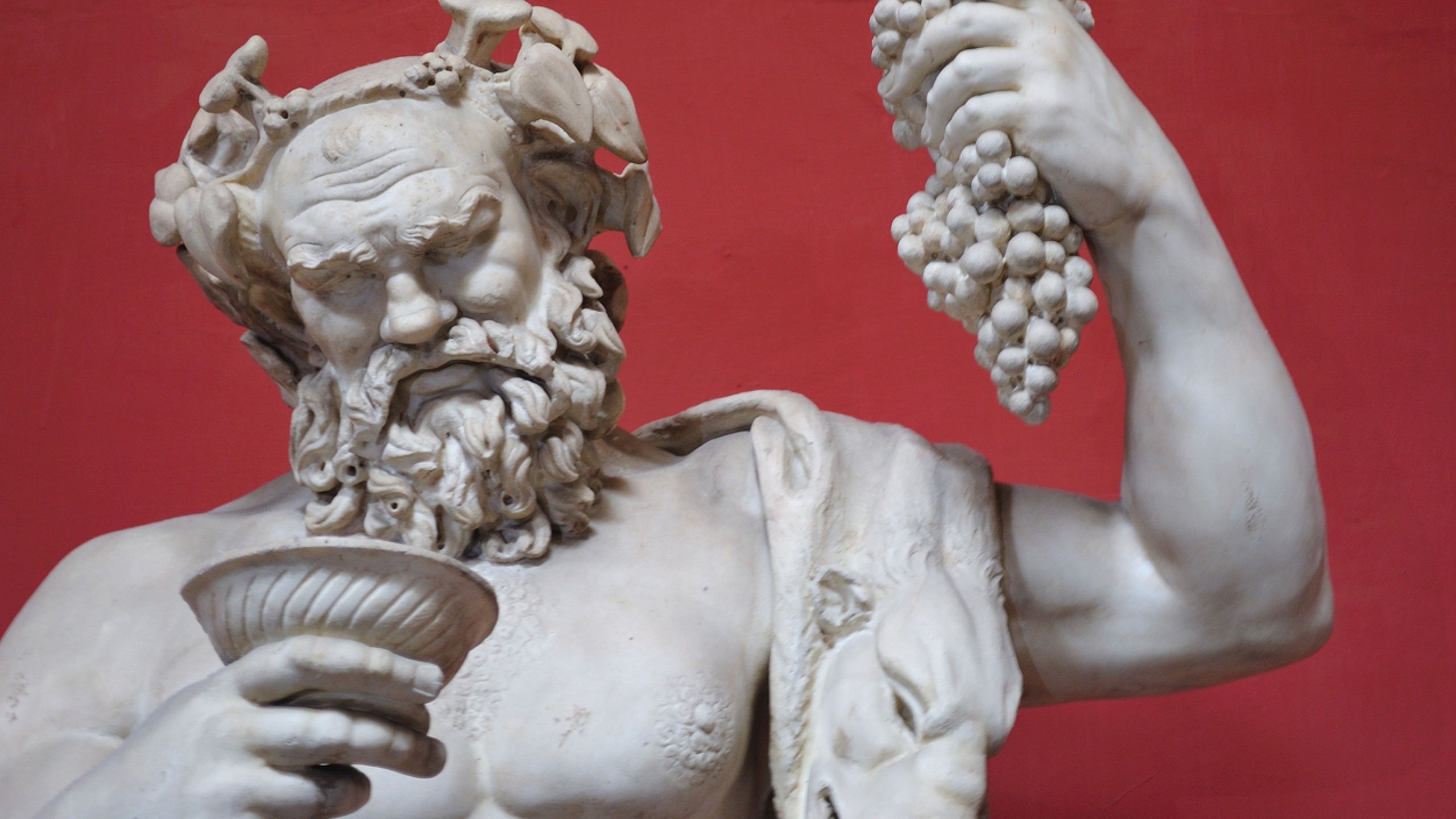
RESERVA AHORA
MEJOR TARIFA GARANTIZADA
Meanwhile…: two steps into history
We know that the building that hosts Eitch Borromini was designed and built between 1654 and 1659 – numbers that, unless one is a scholar, risk not telling us much. So let’s take a look at this troubled but incredible era, to the discovery of Times and Perspective.
Political Europe and the New World
The 17th century mainly means monarchical absolutisms, scientific revolutions and Baroque.
The Powder Conspiracy, the end of the Thirty Years’ War and the arrival of Mayflower on the north american coast, with the settlement of the first Puritan colonies. This is the age of Louis XIV and Cardinal Richelieu, of Oliver Cromwell and English civil wars, of Netherlands expanding from Japan to South Africa and of two Northern wars which involve Sweden, Denmark, Poland, Lithuania and Russia. Wars of domination from the Baltic to the Aegean (where the Ottoman Empire is still present) but which extend up to the New World, and several religious conflicts, sometimes taken to the extreme – as in the case of the Piedmont Massacre of the Waldensians, recalled by Milton in his famous sonnet. On the other side of the Atlantic Ocean, legal slavery as lifetime and even on the lineage ownership is born, battles between Puritans, Protestants and Catholics open and close, the first Jewish refugees from Brasil arrive in New Amsterdam and, in several american colonies, the long conflict with Quackers landed from Barbados begins.
Power is political and religious but is about to become mercantile, in search of old and new territories and ocean or sea routes. After all, of resources.
What happens in Sciences and the Arts
In the lands of Europe, Newton, Von Leibniz, Kepler and Galileo Galilei study and write: to keep it very short, we are talking about universal gravitation, infinitesimal calculus and laws of the movement of the planets - meaning, the basics of modern Physics. And it doesn’t end here because, in the Old Continent, Bacon, Locke, Spinoza, Dèscartes and Pascal are at work too – all personalities who will leave their mark on Philosophy and beyond. The astronomer and architect John Baptist Hodierna discovers the Butterfly Cluster and the Triangulum Galaxy, the first meteorological european stations are established (included the one in Florence, wanted by Ferdinando II de’ Medici inside the Monastery of Angels), in Mathematics the symbol of infinity makes its appearance, Titan – the largest Saturn satellite – is discovered and a pendulum clock, so accurate that it “loses” only 10 seconds a day, is invented.
Mathematicians and astronomers are also historians and theologians: an approach that today we would call “Leonardesque”, able to give to these people - thus, through them, to us – a new vision of the world and things.
And in the Arts, to mention but a few? Shakespeare and Molière, Bach and Vivaldi, Caravaggio and Rubens – followed a short time later by Rembrandt, Vermeer and Velázquez – as well as of course, and apart from Pietro da Cortona, Bernini e Borromini. The names are impressive: the works, even more. And all of them in search of a different, new light.
A Culture in ferment
Around fifteen Universities and cultural institutions, eight of which in Europe, and several Libraries are established all over the world: a mainly Catholic but also Protestant push, from the Philippines to Latin America.
Even because the horizons of Knowledge are expanding - from the world of the infinitely small, with the discovery of bacteria, to the one of infinitely large, with the observation of the Halley comet or the first calculation of the speed of light. In fact, during this era, the most important Renaissance Encyclopedia (Encyclopaedia septem tomis distincta), several writings that will lay the foundations of microbiology and geology, as well as – in its own small way, perhaps not by chance – the oldest Italian newspaper (Mantova Gazette, still standing) are published. Mathematics knows a golden period: in addition to the works of Dèscartes, Leibniz, Fermat and Pascal, logarithms and the first calculator are invented. While, in the final stage of a century strongly marked by Bach, the most famous harpsichord maker of the time – the Italian Bartolomeo Cristofori - invents the fortepiano, precursor of the piano.
From the suite we chose or from the terrace of our mansion in the center of Rome and signed by Borromini, which overlooks the spectacular Navona Square and its Four Rivers’ Fountain made by Bernini, all we have to do is raise a glass of Champagne – according to legend, created by the monk Dom Pierre Pérignon in 1693. And toast to a century full of shadows but also of lights, now knowing that staying or having breakfast at Eitch Borromini is inhabiting History.






